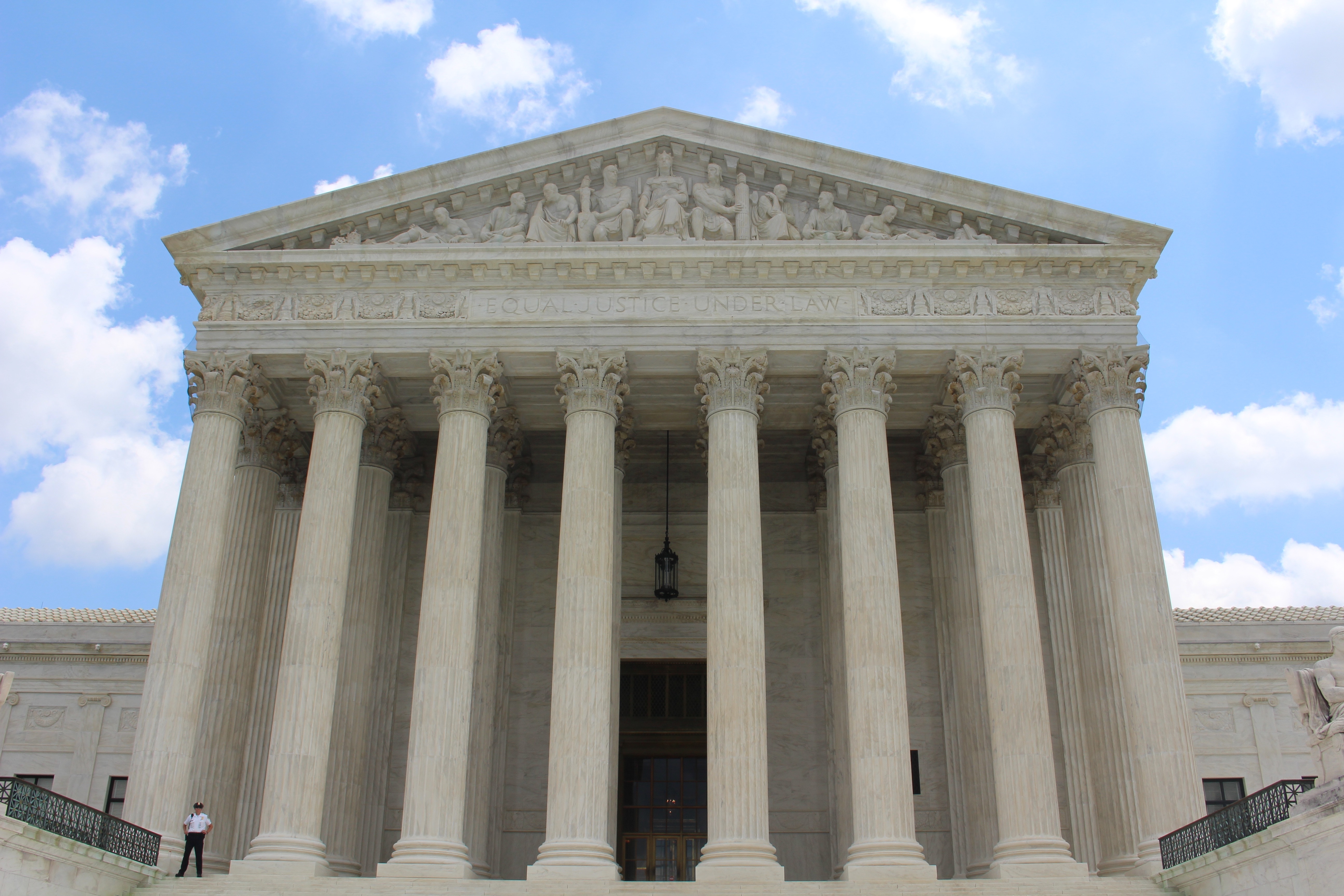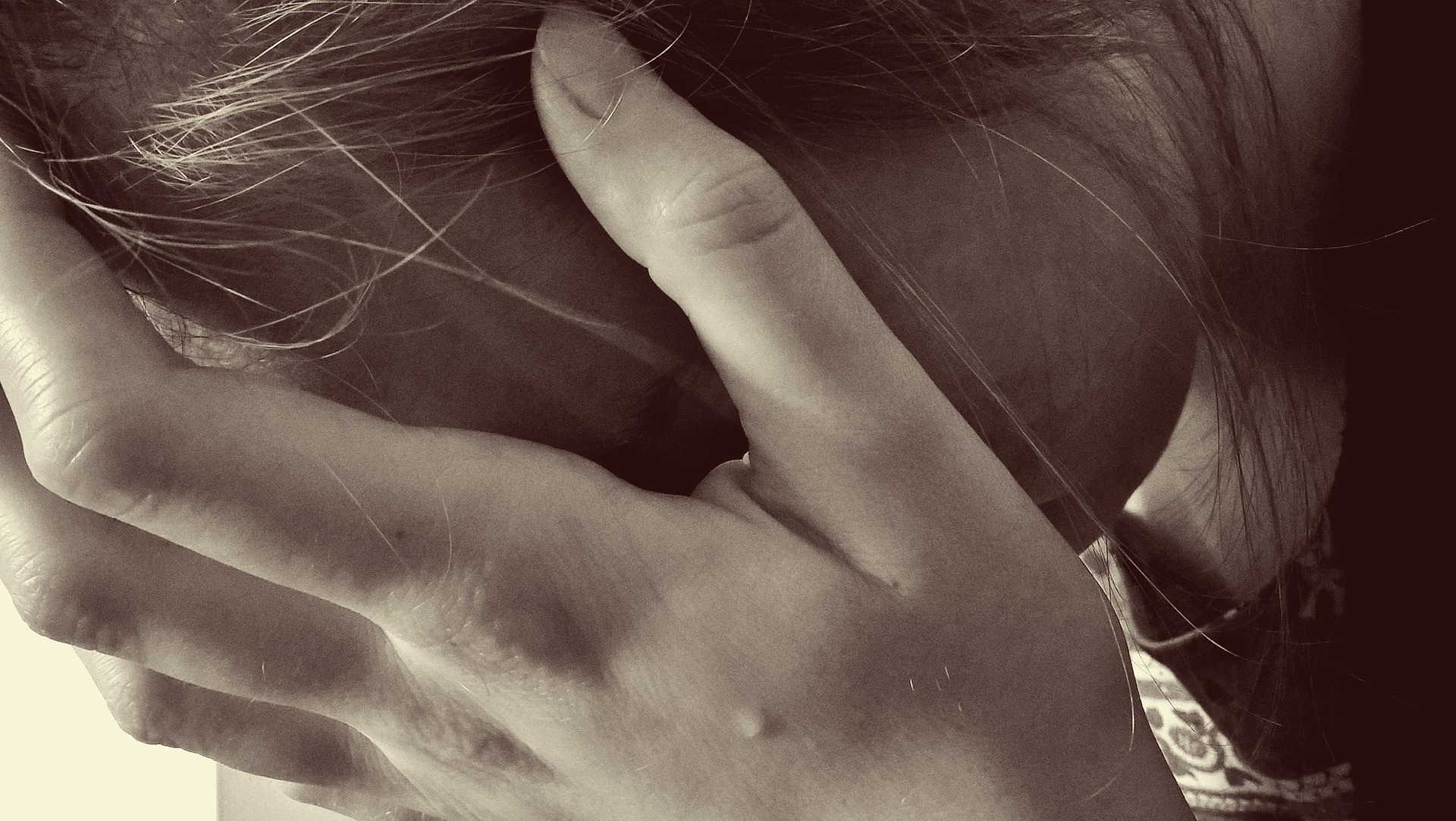21 Sep Whose Fault Was It? Determining Negligence
 A key component of any potential injury lawsuit is determining fault. Whose fault was the accident that caused or contributed to the serious burn injury? There are many different kinds of claims that one may bring after suffering a burn injury, the type of lawsuit that an attorney pursues will depend on the answer to this fundamental question of fault. It is this all-important answer that will help the attorney determine legal liability.
A key component of any potential injury lawsuit is determining fault. Whose fault was the accident that caused or contributed to the serious burn injury? There are many different kinds of claims that one may bring after suffering a burn injury, the type of lawsuit that an attorney pursues will depend on the answer to this fundamental question of fault. It is this all-important answer that will help the attorney determine legal liability.
First let’s define the legal terms we’re working with. Liability means that someone is responsible for the consequences of an event. Closely related to liability is the concept of negligence which means failing to act in a way that likely would have prevented harm. Negligence consists of four elements: duty, breach of duty, causation, and damages. The defendant is the person or entity in a legal case that is facing charges of negligence. In a burn injury case, the defendant is the one who caused the burn injury to happen. The plaintiff is the person who has suffered such an injury and who is initiating a legal action.
Fault is one of the first issues a lawyer will consider when he gets a new client. This is done by examining the facts of the case including any relevant evidence and witness statements available. Based on this information, he will then determine the types of claims to pursue. There may be several possible claims stemming from a single accident. An attorney who is arguing negligence must be able to provide proof of the four components that comprise negligence, as listed above. In order to have an actionable (prosecutable) case, a lawyer must be able to prove that the defendant owed a duty to his client (the plaintiff).
For example, an attorney could argue that the owner or management company of an apartment complex had a duty to maintain a building to protect residents against fires. Once the duty has been established, the attorney then progresses to breach of duty. The lawyer must prove that the duty that the defendant had to his client was breached. That is the apartment owner or management company failed to properly maintain the premises. Trust was violated or an agreement was broken. In the example used above, the breach of duty would be a failure to comply with fire codes which endangered the lives of the apartment building’s residents.
It should be noted that establishing a breach of duty does not necessarily prove that the breach caused the harm or injury that is being claimed in the case. The next step for a lawyer is to demonstrate the action or failure to take action that caused the breach of duty, caused the harm or injury to his client. The attorney may demonstrate this through the use of physical evidence, eyewitness accounts, or expert witnesses.
Only when the judge or jury is convinced of this causation will the plaintiff be awarded damages. As noted above, damages form the fourth component of a personal injury case. Damages fall into two main categories: special and general. Special damages are those damages that can be measured. Examples of these include: past and future medical bills, loss of wages, rehabilitation, loss of or damage to property, and wrongful death. General damages are harder to measure. The most common type of general damages is compensation for pain and suffering. Compensation for pain and suffering is over and above any monetary compensation for economic losses such as medical expenses and loss of income. It is up to the plaintiff’s attorney to assess the damages that the injury has caused to his client and to present this information in court. Documents such as medical records, photographs and the testimony of medical experts, will help the attorney build the argument.
Contributory Negligence
 What happens when the survivor is at fault or partially at fault? It may not seem fair to make someone else pay for a survivor’s mistakes and yet others may also have played a role in contributing to an injury. This is a complicated area of the law and each state addresses this legal concept differently.
What happens when the survivor is at fault or partially at fault? It may not seem fair to make someone else pay for a survivor’s mistakes and yet others may also have played a role in contributing to an injury. This is a complicated area of the law and each state addresses this legal concept differently.
Some states adhere to a strict rule of contributory negligence. Under this rigid doctrine, a survivor whose own negligence contributed to his injury in any way will not be able to get damages from anyone else who also contributed to the injury. Using strict contributory negligence, a victim who acted negligently may not receive a monetary award even when his actions were only 1% responsible for the consequences.
Comparative Negligence
Many states believe that this strict approach to contributory negligence places an unfair burden on the plaintiff. Consequently, these states adhere to different standards. Comparative negligence is the system that attempts to award damages based on the degrees of negligence exhibited by both the plaintiff and the defendant.
In practice, comparative negligence can work in several different ways. In a pure comparative negligence system, a judge or jury assigns a percentage of negligence to both the plaintiff and the defendant. The total amount of damages awarded is based on this calculation.
Other states follow some form of modified comparative negligence. Under a 50% rule, a survivor can only obtain damages if his fault level is 49% or under. If the plaintiff is deemed to be 50% or more at fault, he will not receive compensation.
Still other states follow a 51% rule. In this model, a plaintiff who is 51% or more at fault is ineligible to recover damages. But if his fault level is 50% or lower, he may be awarded compensation. Your lawyer will know whether your state follows contributory negligence, or comparative negligence, in one of its many forms.
Strict Liability
This doctrine allows an individual or company to be held liable for an injury when a person is injured by a defective product. A product may be defective in its design, manufacturing, or improper warnings.
If an accident occurs on the job and a worker is injured, the employer is required to pay for the worker’s medical and disability expenses even if the worker was at fault. Strict liability often applies in cases where the use of a product leads to a serious injury. The manufacturer or retailer will likely be required to pay damages if the product was deemed to be unsafe.
Anyone who has sustained a serious burn injury should consult with an attorney experienced in this area of law as soon as possible to determine whether a Personal injury claim should be pursued. It is up to the burn survivor to pursue his or her legal rights by choosing an attorney with all the qualifications, expertise, and winning track record on behalf of burn survivors and their families.
For more information about burn injuries please visit our website, www.burnsurvivor.com
To contact attorney Robert A. Brenner directly call 800-669-7700 or email [email protected]
To learn more about attorney Robert A. Brenner, please visit his website www.brennerlaw.com
